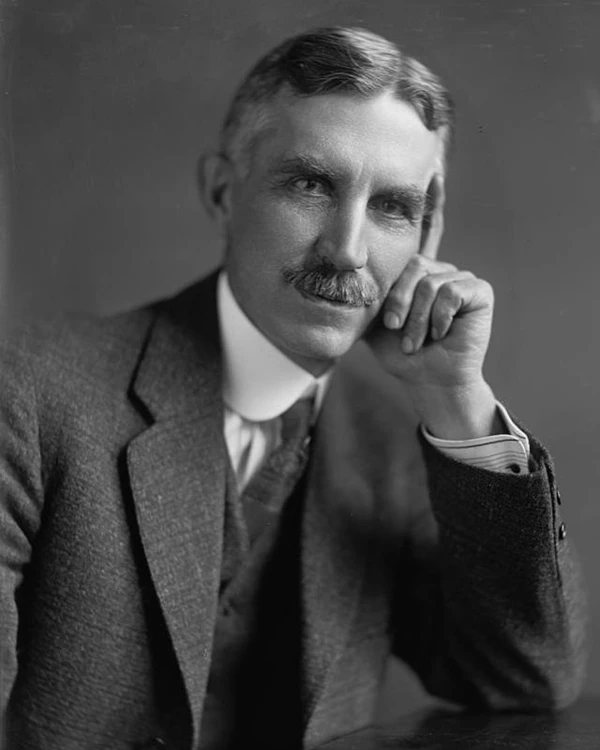Last updated: February 23, 2022
Person
Melvin Hazen

Library of Congress
Melvin Colvin Hazen was born in Catlett, Virginia on a large estate that had been owned by his grandparents. The house sat on the border between two Virginia counties and though both Melvin and his sister were born in the house, they were technically born in different counties.
Hazen grew up around horses and farming. In his later years he bred horses on his estate and rode in fox hunts, some of which went through what is now Rock Creek Park.
Hazen graduated from the University of Maryland in 1886.
Surveying corps
Melvin Hazen joined the surveying corps of Washington, DC after graduating from the University of Maryland and began work as an "axeman," a worker responsible for clearing brush on survey teams.
The surveying corps of the District of Columbia was responsible for laying out the street grid beyond the 1792 L'Enfant-Ellicott plan. This would extend Washington's streets to the north into what had previously been farm land.
Hazen rose through the ranks of the survey corps and by 1908, he was made Surveyor of the District of Columbia by the Board of Commissioners.
As Surveyor, Hazen was responsible for street layout, building setbacks, cadastral maps and the recording of the location of public lands. He was a supporter of the McMillan Plan, which was a comprehensive plan for the "monumental corridor" or National Mall and the parks system. He was also a supporter of congressional acts thought sought to 'clear out' alley dwellings. This culminated in the 1934 Alley Dwelling Authority which would eliminate all alley dwellings and encouraged economic redevelopment of the squares that were the original part of the L'Enfant-Ellicott plan.
President of the DC Board of Commissioners
In 1933, Hazen was made president of the DC Board of Commissioners. The DC Board of Commissioners served as city planners and managers of the District of Columbia while it was under congressional oversight. The president of the commission was essentially the mayor of Washington.
As president of the board, Melvin Hazen was a leading force in the systematic dismantling of Reno City in Northwest Washington during the 1930s and 1940s. As early as 1914, Hazen had supported the removal of the community around the site of the old fort and suggested that it be used for a park and a school. He made repeated proposals in the 1920s and testified before congress. Others took the project over but as president of the District of Columbia Board of Commissioners he was instrumental in the displacement of Black residents from the area that is now Fort Reno Park.
Hazen died at his desk on July 15, 1941 at the age of 74.
Memorialization and Reservation 630
On May 20, 1942, the National Park Service administratively renamed what was then known as the Bureau of Standards Valley to Melvin Hazen Park. This was in response to a recommendation by the National Capital Park and Planning Commission.
In 2020, community members questioned whether it was appropriate to name the area after Hazen. The park service established that the naming of Melvin Hazen Park was administrative rather than congressional. History, current law, regulations and policies that govern the actions of the National Park Service were taken into consideration and it was concluded that the National Park Service had the administrative authority to remove the name. In 2022 work began to replace signs and refer to the area by its reservation number, Reservation 630, as is the case with many parcels of land in the District of Columbia.
